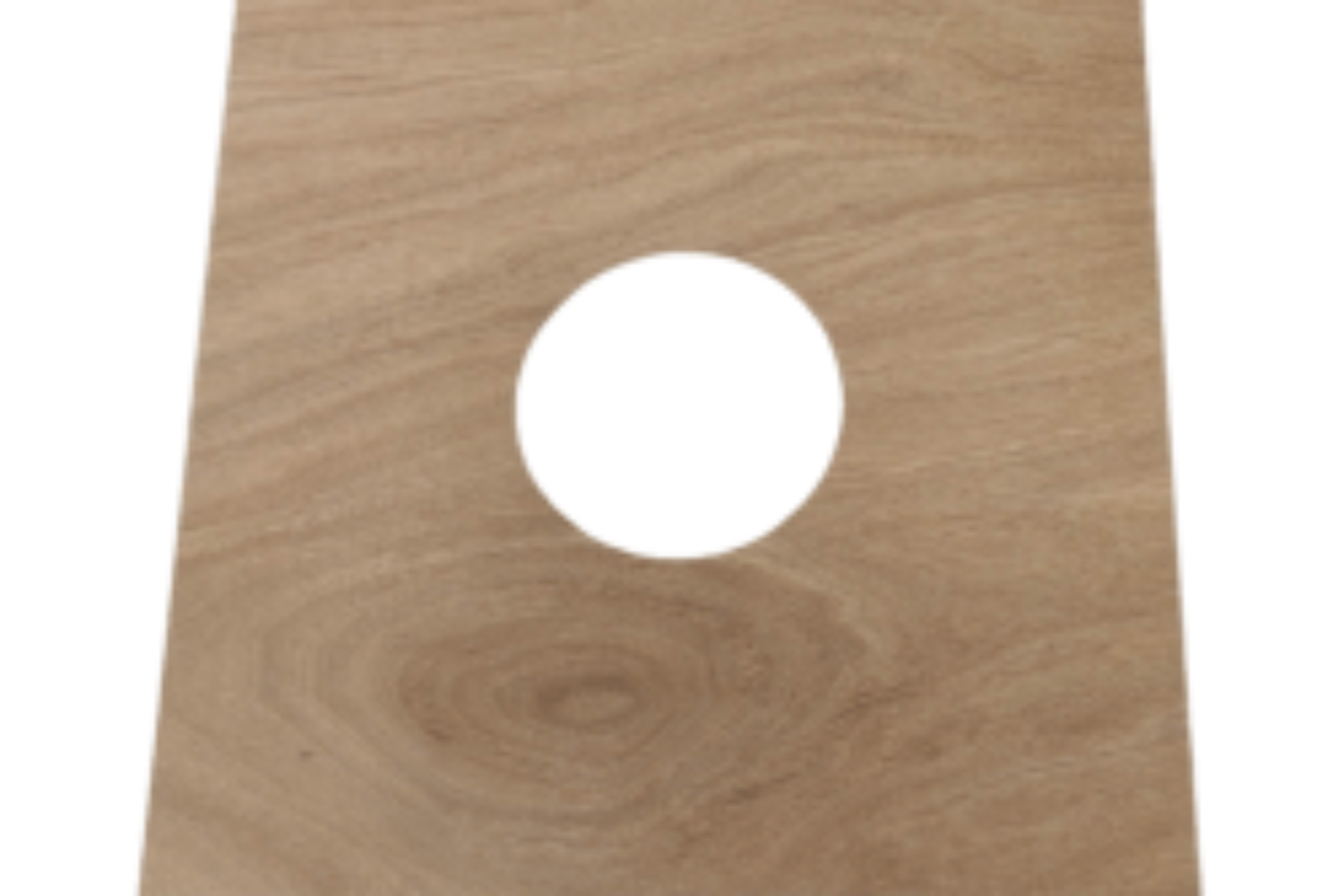Wooden ceiling pattress boards are an integral but often hidden part of many interior designs of heritage properties and period properties seeking a traditional look. In this brief post, we explain what wooden ceiling pattress boards are, why they are needed, and when they are required (in the UK and Ireland).
What Is a Wooden Ceiling Pattress?
A wooden ceiling pattress is a flat, often ornamental, board fixed to the ceiling that supports and hides ceiling fittings such as lights, chandeliers, or ceiling fans. Once made from solid wood, the pattress boards vary in form from simple circles to elaborate mouldings.
They’re both practical and attractive, so no matter the style of property, from contemporary homes to period renovations, a wooden ceiling pattress provides a secure and stylish solution.
Why Use a Wooden Ceiling Pattress?
Support for Electrical Fixtures If there is a good reason to provide a wooden ceiling patt support many types of electrical fixtures. If you only had plasterwork in your ceiling, you might not have a secure mounting for heavier items such as ceiling lights or large chandeliers. A sound plasterwork ceiling can be extended, but the addition of a layer of solid wood over the shape of the ceiling joists will even out the strain of the weight and ensure it is secured as well as supported.
Hiding unsightly junction boxes (where the electrical wiring comes into the ceiling) of a property of a certain age? Build a wooden ceiling pattress to both hide and provide access to any wiring with professional results.
Wooden ceiling pattress can complement traditional or period interiors in many older homes, in particular in the UK and Ireland. An ornate ceiling pattress can enhance other period features in the room, such as cornice and ceiling roses. Period interiors can benefit from a statement piece, such as a wooden ceiling pattress.
The diversity of design options also allows for complete design flexibility. Regardless of your taste in interiors – whether ultra-modern minimalist or traditional ornate – there is a wooden ceiling pattress design to suit you. They can also be painted in whatever shade you choose to complement your ceiling, or if you want them to stand out in their natural wood grain, leaving them unstained is an option.
When Are Wooden Ceiling Pattress Boards Required in the UK and Ireland?
A wooden ceiling pattress is not usually required by building regulations in the UK or Ireland, but there are some situations where they are either recommended or required:
Heavy Light Fixtures If you’re installing pendent lights, chandeliers and heavy ceiling ceiling fans or such the most secure mounting option is a wood ceiling pattress.
Older Properties There are many older buildings in the UK and Ireland where the ceilings were not constructed to support modern lighting fixtures. A wooden ceiling pattress adds increased strength to an older plaster ceiling, protecting its integrity and preventing cracking or flaking over time.
Pattress Projects For those homeowners restoring period properties, a wooden ceiling pattress is almost always part of the plan. Many older homes that we see in the UK and Ireland already had ornate ceiling roses or pattress boards at one time. Reinstating them can help to retain the original style of the period and could be required by planning laws (conservation rules) if you are living in a listed building.
Electrical Safety and Upgrades When renovating an old house or adding new lighting to an older structure, a wooden ceiling pattress will make it easier to comply with electricity safety regulations. Modern fixtures will sit securely on the pattress and allow for easier access underneath the wiring, making maintenance easier in the future.
Choosing the Right Wooden Ceiling Pattress
Choose a ceiling pattress according to the weight of the light fitting that you want to install, as well as the desired look that you are aiming to achieve. A simple, flat pattress would be perfect for a contemporary interior, while an ornately carved one could add to the character of a period property. When choosing your pattress, ensure that it is made out of quality, natural wood, of course. You want it to last, and wood is one of our most sustainable building materials.
Conclusion
Your ceiling pattress is probably not made of metal but of wood. In many homes in the UK and Ireland, wooden pattresses are essential when hanging heavy lights or remodelling period properties. If you are restoring an older house, or just wish to make sure that your ceiling light is securely fixed in place, a good-quality wooden ceiling pattress will both strengthen and enhance it.
Ceiling pattress boards for high-end and domestic interiors, made to your measure by Mourne Wood. With the aesthetic and practical advantages of wooden pattress, consider our range of handmade bespoke wooden pattress for your home interior.





